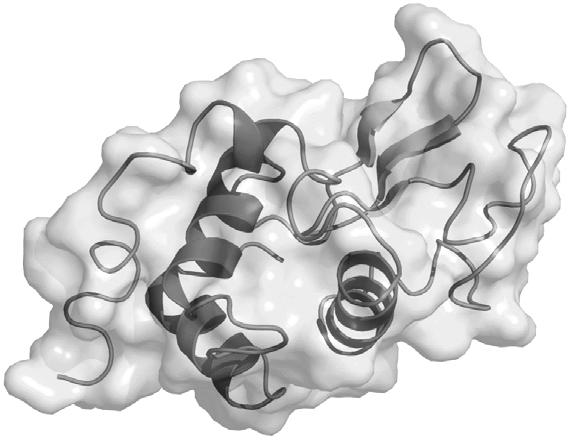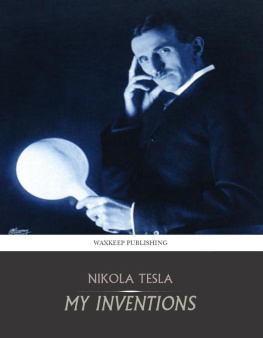Some of historys greatest stories are the tales of what might have been. The agonising missed chances, the harrowingly close shaves, the vital complications that affected a major outcome the course of history is a precarious one. Seemingly insignificant incidents can have the largest unforeseen impacts.
Scientists have pondered whether the flap of a butterflys wings on one continent could lead to a tornado on another, and these chains of cause and effect remain fascinating to us. In this book and the others in the series I take a look at those moments where the smallest tweak would have caused history to pan out very differently.
Hence the title, Imagine That
Michael Sells
Alexander Fleming cleans up his dishes and penicillin is washed down the drain
Following a month-long family holiday, Alexander Fleming returned to St Marys Hospital on the morning of 3 September 1928. The Scot found his laboratory even more cluttered than usual. He had hastily swept his petri dishes to one side before his trip, to clear room for his lab partner Stuart R. Craddock, and the dishes were now piled high. His first task of the day was to sort them. Unsurprisingly, after stewing in the laboratory for a month, the majority of the cultures growing in the dishes had been swamped by mould. Fleming took a large tray of Lysol disinfectant and began placing the contaminated samples within. Normally this would have been a job for a lab assistant but, eager to get back to work, he undertook the task himself. A pivotal distraction soon arrived in the form of D Merlin Pryce, Flemings ex-lab assistant, stopping by to welcome him back from holiday.

Six years earlier Fleming had made a key scientific discovery which had drastically impacted upon his work in medicine. At the time, he was monitoring the condition of a patient who was suffering heavily from a head cold, collecting mucus and applying it to samples of bacteria on a daily basis. After a few days of no reaction, the mucus suddenly began to fight the bacteria on day four, successfully killing off large patches and weakening the rest. This had never been seen before. He soon discovered that he was observing the effects of Lysozyme, a naturally occurring bacteria-fighting agent present in tears and mucus.

Newly aware that it was possible to fight bacteria safely and successfully, Fleming spent the following years attempting to devise a drug that would do exactly that. He had been growing cultures of a bacterium called Staphylococcusaureus (Staph aureus) prior to his holiday, a strain responsible for a number of diseases and infections. Staph aureus was just the latest target in a long line of tests.
As he discussed his ongoing research with Pryce, the pair pored over the mouldy dishes. The Lysol tray was now overflowing with contaminated samples and only a handful of dishes at the bottom were fully disinfected. Fleming pulled one of the unwanted samples from the tray to show to his former colleague. Pryce instantly noticed something highly unusual. Where the spores of mould had formed, no bacteria surrounded them the same phenomenon that Fleming had observed in the Lysozyme. This could mean only one thing: the key to the cure lay in the mould.

He enlisted the help of his lab assistants and partners and set about studying the mould in greater detail. After growing the mould in a pure form they identified the substance as a derivation of a genus of fungi named Penicillium and so penicillin was born. This provided a much needed update from its previous moniker of Mould Juice. The team soon found that it could combat far more than just Staphylococcus. More importantly, their studies showed penicillin to be non-toxic . In 1888, a German scientist named E. de Freudenreich had managed to isolate an antibacterial substance named Pyocyanase, but faced one small problem. Pyocyanase was highly toxic to humans. Flemings work on both Lysozyme and penicillin had proven that non-toxic antibiotics were a possibility. Work began on creating exactly that.

Fleming and his team lacked the required expertise to do this though, so they handed over the research. It was picked up by a team of pharmacologists based at Oxford University , led by Howard Florey (left) and Ernst Chain. It would take a decade and a horde of tireless biochemists the world over to transform the raw penicillin into the worlds first antibiotic. After a number of years worth of successful trials had been carried out on mice, the first positive human trial ended in tragedy.
In February of 1941, Reserve Constable Albert Alexander of the County of Oxford Police Department sustained an injury to the inside of his mouth while pruning roses in his garden. He was rushed to hospital having contracted an aggressive infection which caused large abscesses to form both internally and on the surface of his body. With a host of trial data supporting the drug, it was finally time to try penicillin out on a human. The doctors were given the go-ahead and Constable Alexanders course of treatment began. The early signs were hugely encouraging and, what with the abscesses clearing and his overall condition improving greatly, he looked like he would make a full recovery.




















